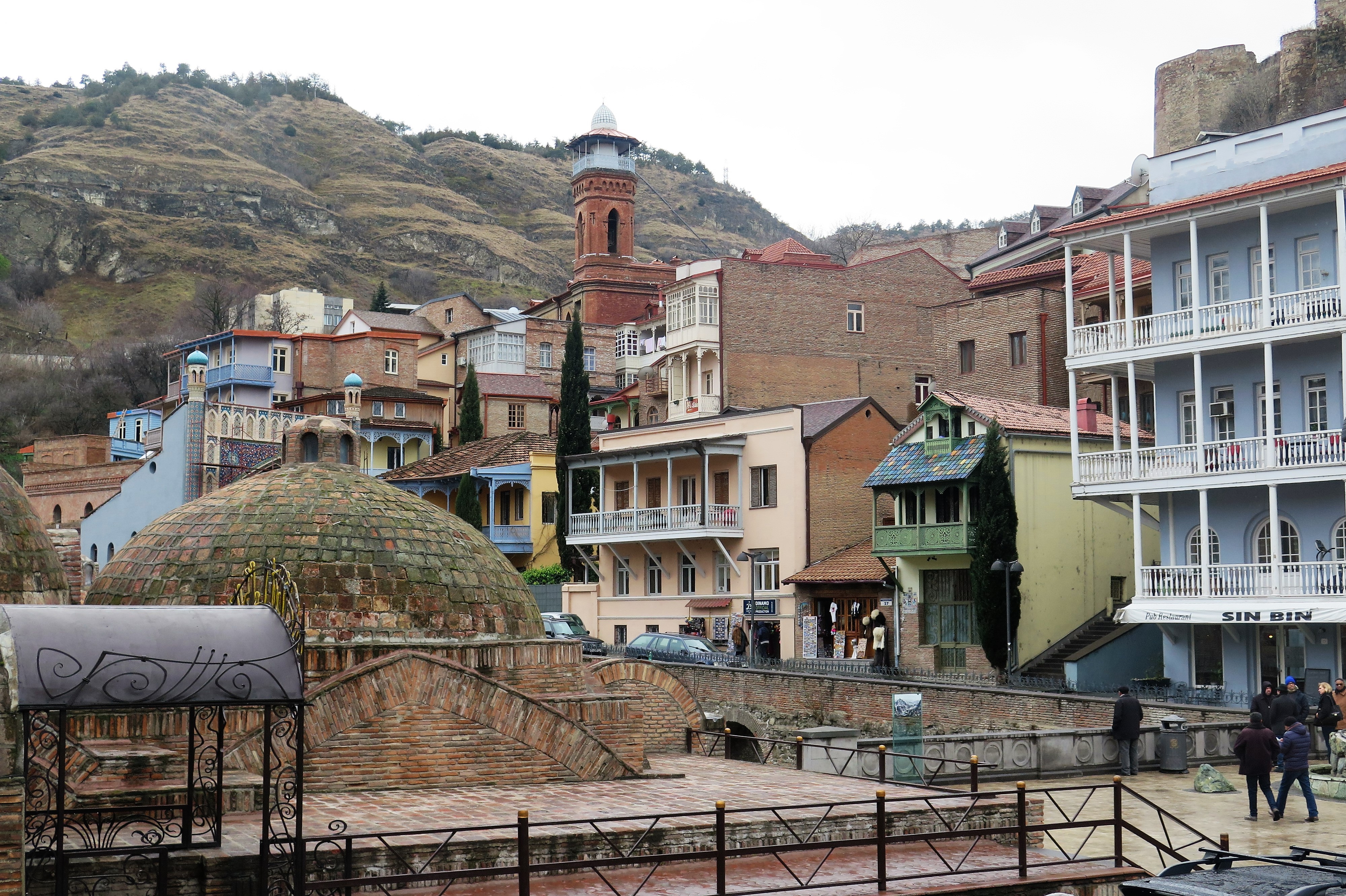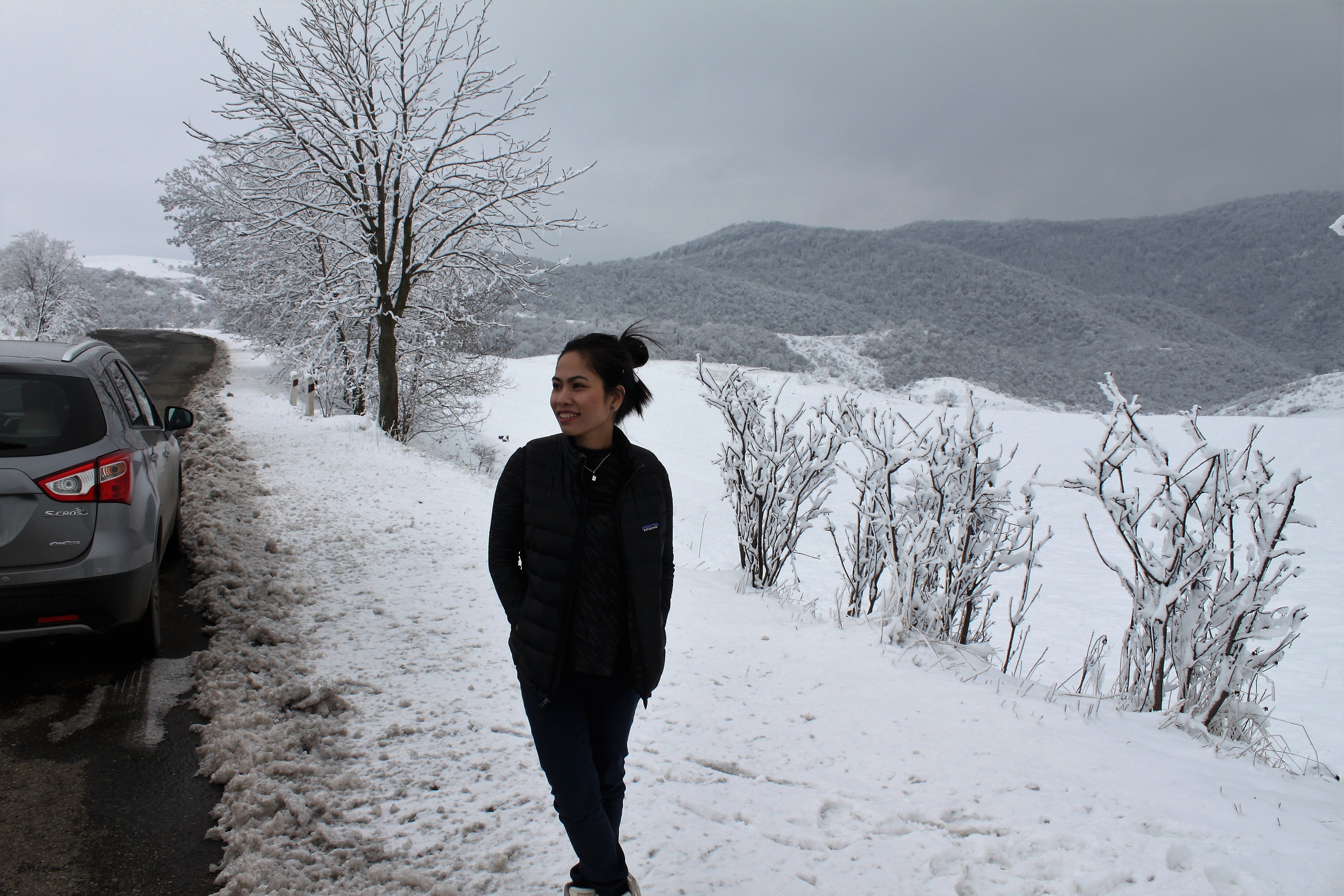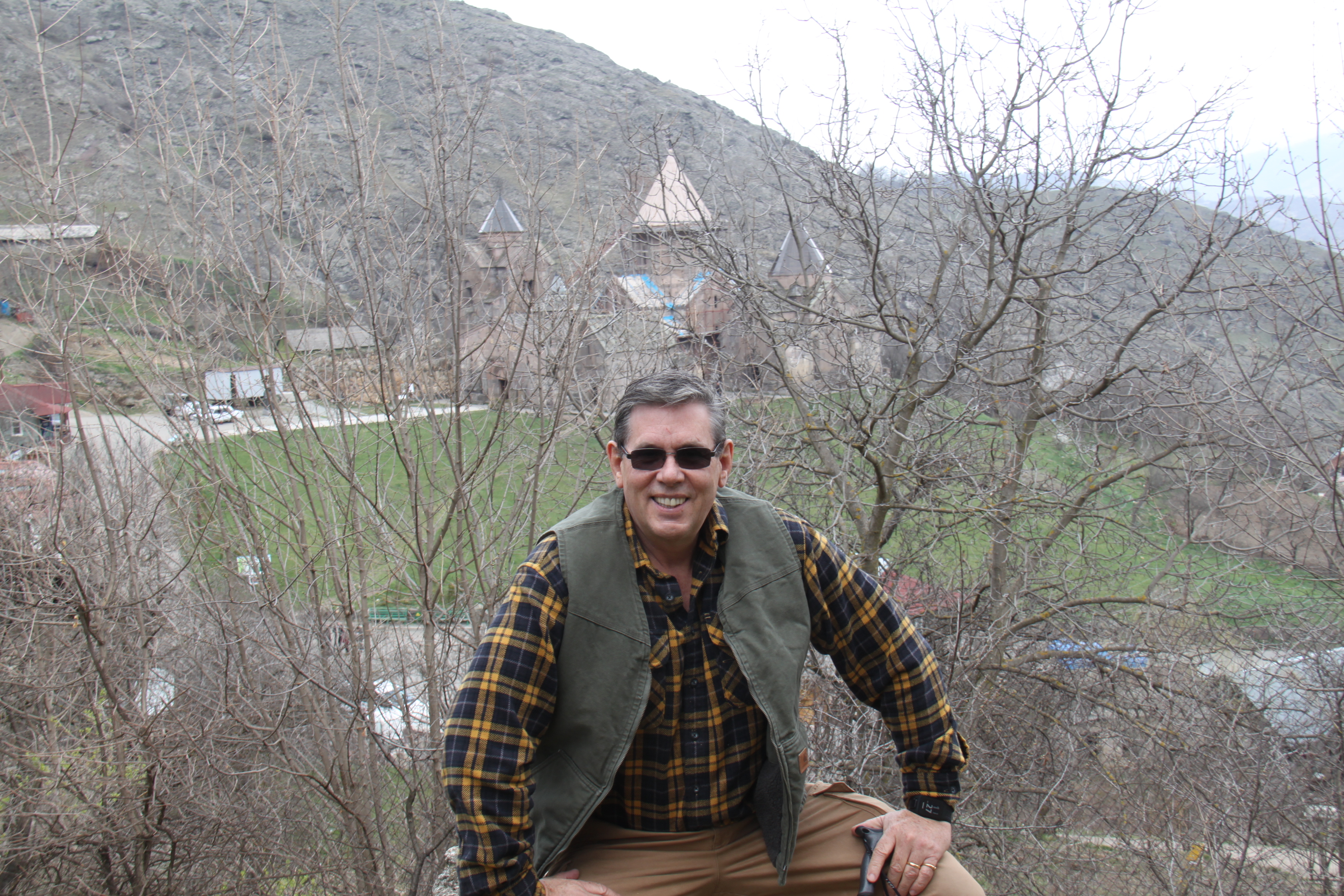 March 2016 marked ten years since I began working in International Development focusing primarily on local economic development. So I thought this a good time to put down a few insights that I have found useful or which I think in development we would do well to talk more about.
March 2016 marked ten years since I began working in International Development focusing primarily on local economic development. So I thought this a good time to put down a few insights that I have found useful or which I think in development we would do well to talk more about.
1/ Put People First: Local Economic Development in the context of international development is, in my view, just community development with an economic lens. Just as business development is human development with a business lens. We need to put people first, whether that is our staff or the people we are working with and for; and putting structures, strategies and material assets a clear second. Many NGOs have a history of putting these elements the other way around to the detriment of all concerned.
2/ Consistency: that all of the parts of the development process are in essence the same throughout the whole process.
- I must believe that we can make a measurable difference,
- I must believe that the management in the Country Office can make that difference,
- They must believe that their field staff can actually make that difference, that they can be the catalysts of change,
- and those in the communities we work with must believe that they can bring change in their own circumstances and in their own communities.
It doesn’t work if our staff say to people in communities “you should challenge your dysfunctional environment, you should take risks, you should be creative, you should believe in yourselves …” if we in the NGO are not challenging our environments, if we are not taking risks, if we are not challenging dysfunction in our workplaces, and when we do not believe we have the power to be great catalysts of change; if we settle for being victims of the system we are in. Consistency in this context means the parts of the development process, at all places in the system, are the same as the whole.
3/ Subsidiarity: is a key development principle which proposes that all decisions and activities should be undertaken by the smallest, lowest and least centralized group of people in a system. This means that as many decisions and actions as possible should be taken at a the lowest local level rather than by a higher authority somewhere else. We are inclined to put log frames and time frames ahead of subsidiarity; our system is designed to spend money and undertake activities whether people who are poor in a community are ‘ready’ or not. But at the heart of our problem is that while we preach unassailable development principles like subsidiarity to the communities we work in, we tend not to practice them in our own workplace community. We primarily operate with, and are complicit in, a hierarchical system. So as development practitioners, we need to take every opportunity to ‘walk the talk’ and practice subsidiarity within our own organisation, with the staff we engage, to take risks and to build in flexibility to our timeframes so that we can all grow and become stronger through the process that we are advocating to others.
4/ Culture: “Culture eats strategy for breakfast”, said renowned business scholar Peter Drucker. I believe we should never underestimate importance of the way people think and see the world when we are making any plan. A strategy or plan is only ever as enlightened as those who put it into practice. Many NGOs talk about taking risks to do good work, but the culture is often risk averse, rules driven even when a situation demands flexibility and at the same time tend to happy-clappy in our relationships with others reluctant to challenge and nimbly negotiating a raft of organisational taboos built up over decades. By taboos I mean those things that if discussed in the organisation are seen as letting the team down.( “Are we being hypocritical? Have we lost our way? Is our plan bad? Is this meeting a waste of time? Should we exclude certain sectors in our discussion so we can stay focused?”) If we really want to understand who we are, we need to begin talking about the taboos of our organisations, get a sense of our true diversity, and begin to make strategies and plans that are authentic to who we really are – beyond the clichés and rhetoric.
5/ Maintaining our options: In negotiation, our ‘position’ is only as good as our best alternative to an agreement. That is, if things don’t work out as we hope, have we created a good Plan B? If not, we tend to find ourselves locked in to loosing situations and we become unhealthily dependent on something that is not working: The project hasn’t really worked out, but we have talked about it so much, spent so much time and money on it, helped donors believe in it, that we think we can’t let it fail; we become locked into propping things up and effectively telling lies.
To combat this I have learned to try to do projects in threes. If we only have one project in an approach there is probably a 50-50 chance of good results. If we do two projects then it is still likely that one will succeed and the other will fail. But if we do three projects in one approach the chances seem to be that two of the three will be successful, and as Meatloaf famously sang “two out of three ain’t bad”.
6/ Timeframes: I have learned that the ideal project life for most R&L projects is four years.
Figuratively speaking, this is
- one year to cultivate the land, that is get things set up,
- a second year to sow the seeds, implementing the project,
- a third year to nourish the crop and bring in the harvest.
The fourth year is to make sure the other three years work.
Having four years allows us to work more effectively with human dynamics. If a project lead is really good and the project is only 3 years, chances are they will leave or be promoted by the end of the second year, as they don’t have a secure future. And in a three year project that doesn’t leave us with a good situation in which to recruit a great replacement. If the lead is not working out, we probably don’t really know until about 18 months in, and if the project is 4 years there is still enough time to offer another candidate an attractive employment proposition.
7/ Peripheral Vision: Almost everything that I have done in the last ten years that is worth more than two glasses of water and a look up the road, has come from noticing something that was outside the main area of focus. Listening to people I didn’t much like or respect, or to a small shy voice somewhere, paying attention to inconvenient truths, and trying to notice the parts of a process that seemed to worked … or not at all.
These things lead to innovation as well as providing exciting opportunities for those actually doing the work on the ground. I found that my role, as often as not, was to wait with anticipation for the non-obvious to emerge, and this, once discussable, would change a project – often in ways beyond anyone’s imagining. It is much easier to have space for the value of noticing and supporting opportunities if we try to anticipate the emergence of exciting new paths for our designs, right from the beginning. Once, in Kenya, I got drafted into a project log frame that the field office needed to record ten great community initiatives which the field office itself wasn’t directly involved with. This encouraged the staff in the field office to support the community groups’ actions without being so focused on exactly what the group should do. In turn the community took complete ownership and both the community and the field office learned more about what was really important.
8/ Everything as development: My expression is “to fold everything into the path”. To me this means whether something works or it doesn’t, it is part of the human development path. If we are paying attention, every step can be a step forward, every fall, a fall forward. But we need to have the time, the design, the attention and the presence to reframe and transform setbacks and side steps, both for ourselves and others. Our internal commitment is to turn these things into very intentional learning and reflection processes. In other words we need to take unconditional responsibility.
9/ Trust the process: By this I mean the development process; I don’t mean the plan, the logframe or the design, I mean the process of trying to put into place the elements above. If we are:
- putting people first,
- believing that we are personally an instrument of change,
- recognising that our actions and belief in our power should be no different from the empowerment and actions we are hoping for from in people in communities
- if we apply the subsidiarity principle,
- challenge organisational taboos, or at least be clear about what they are,
- always have a plan B,
- are realistic with timeframes and allow in our designs for emergence,
- are present to new developments and have given ourselves the flexibility to implement them ,
- and take unconditional responsibility,
then the likelihood is that we will be embracing the future as it comes to meet us and good will be done.

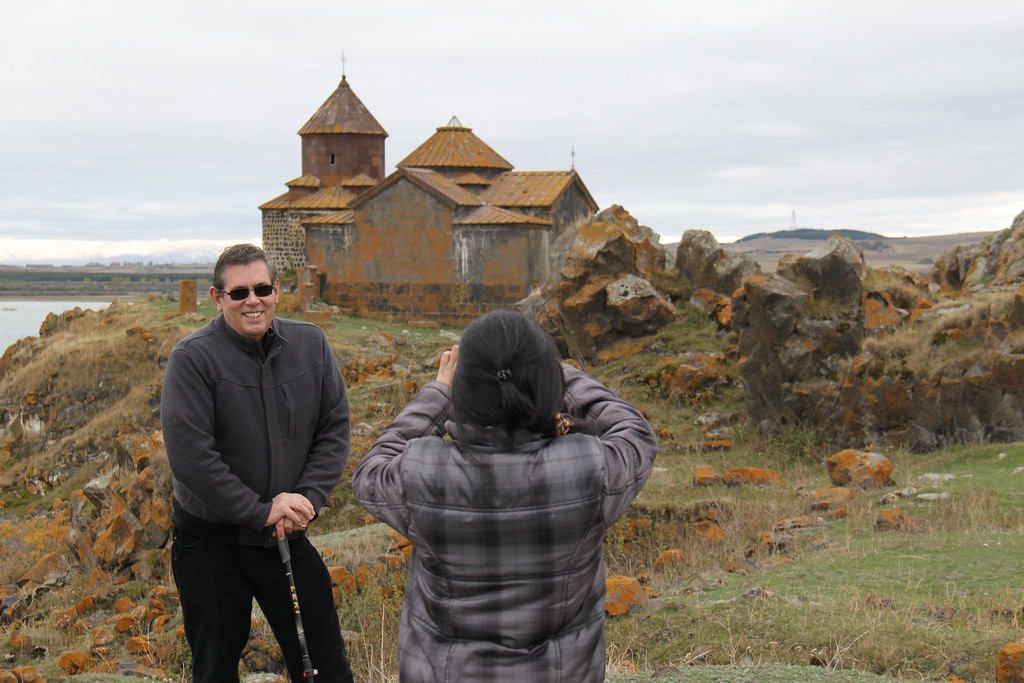 I came to Armenia a little over 4 years ago; it was the first time. I had never met anyone who said they were Armenian, never heard anyone speak the name of its proud capital, Yerevan or glimpsed any or its rich ancient history through words of authors and poets. And then I lived there, and it became like salt on the tail of the bird of my soul.
I came to Armenia a little over 4 years ago; it was the first time. I had never met anyone who said they were Armenian, never heard anyone speak the name of its proud capital, Yerevan or glimpsed any or its rich ancient history through words of authors and poets. And then I lived there, and it became like salt on the tail of the bird of my soul.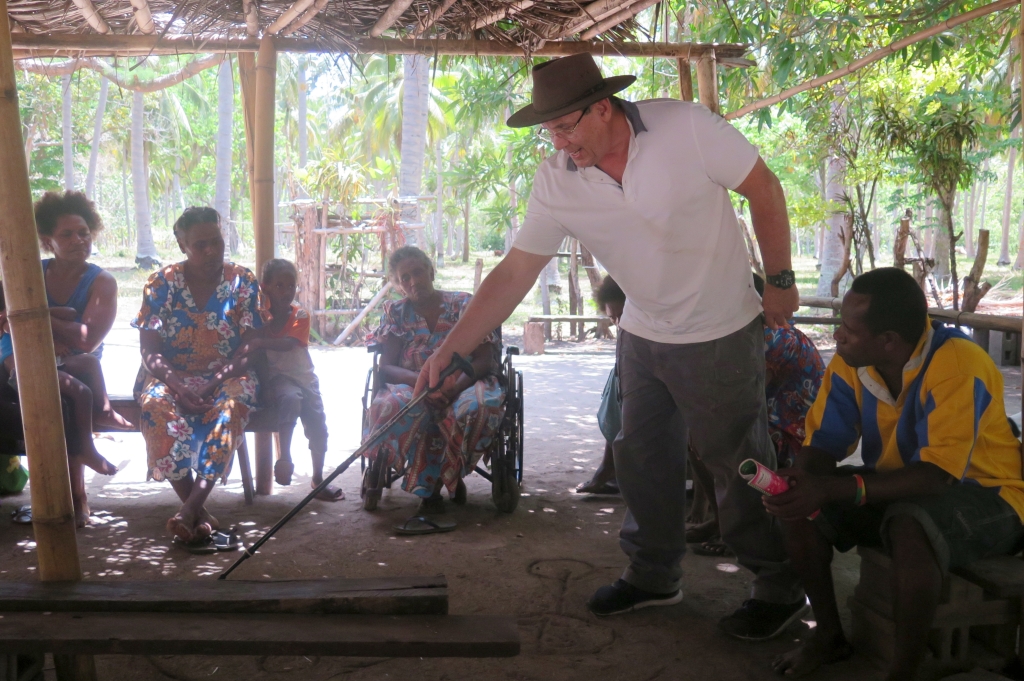
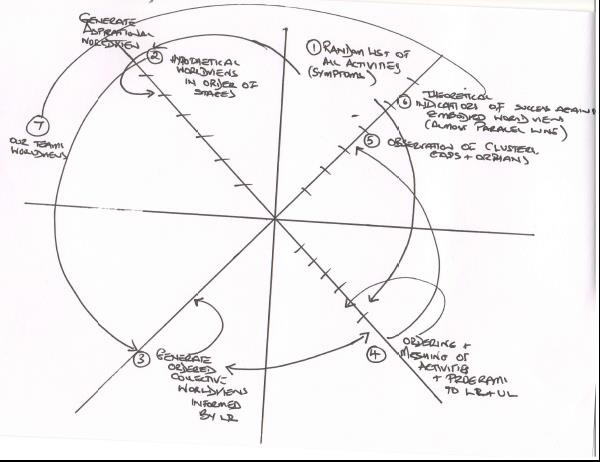
 March 2016 marked ten years since I began working in International Development focusing primarily on local economic development. So I thought this a good time to put down a few insights that I have found useful or which I think in development we would do well to talk more about.
March 2016 marked ten years since I began working in International Development focusing primarily on local economic development. So I thought this a good time to put down a few insights that I have found useful or which I think in development we would do well to talk more about.